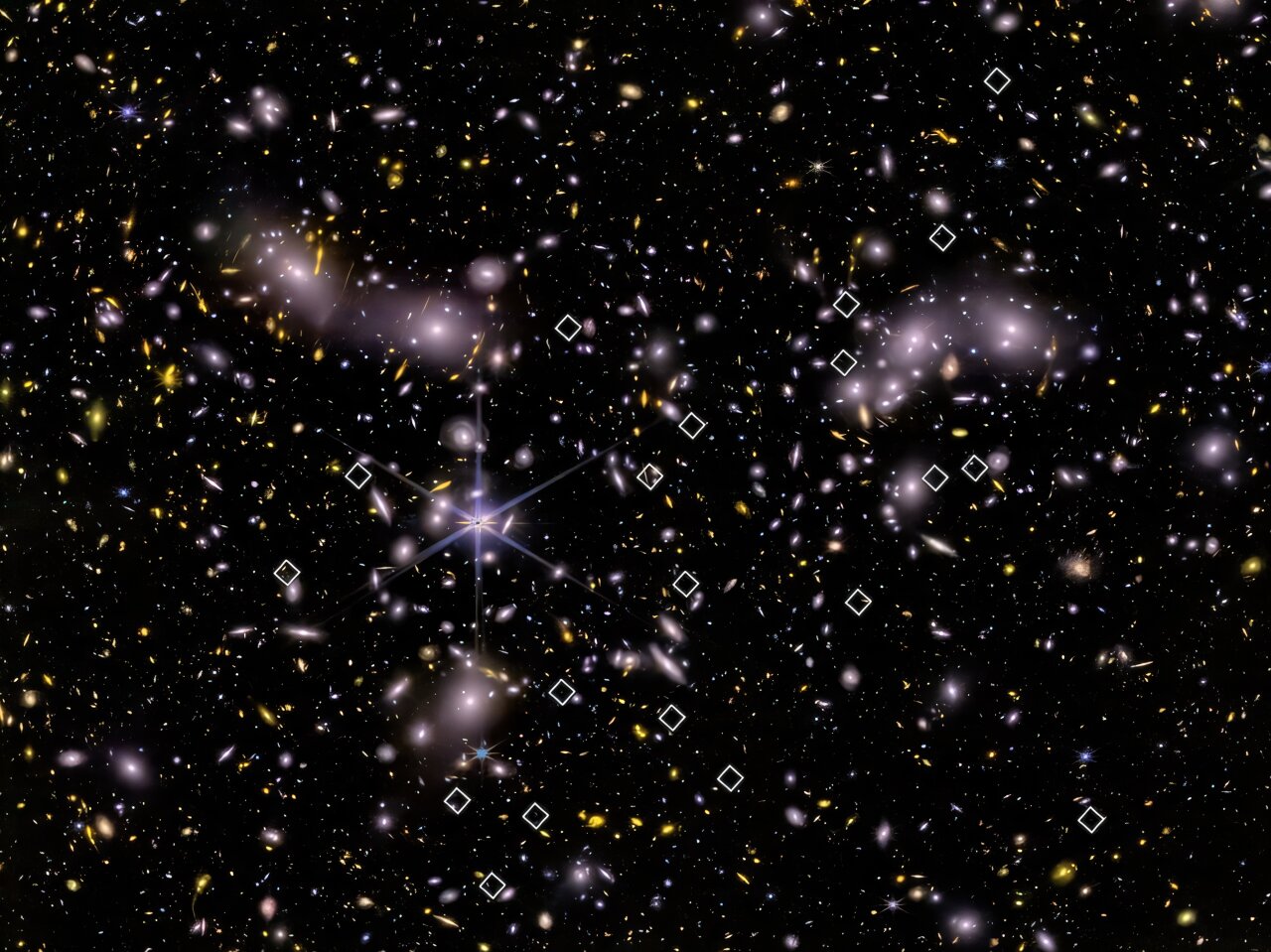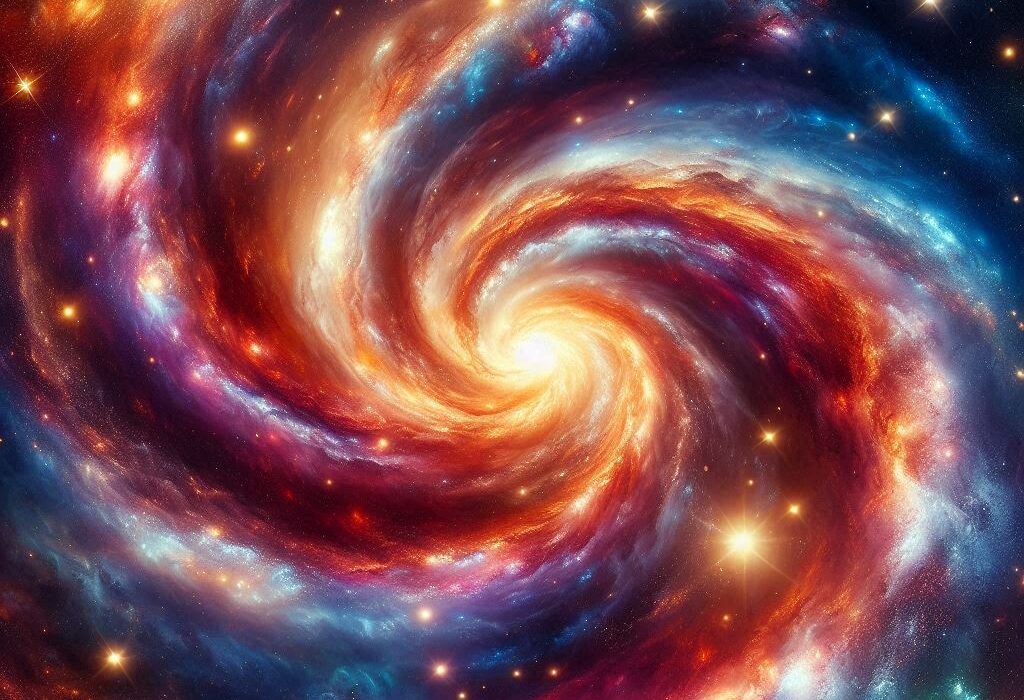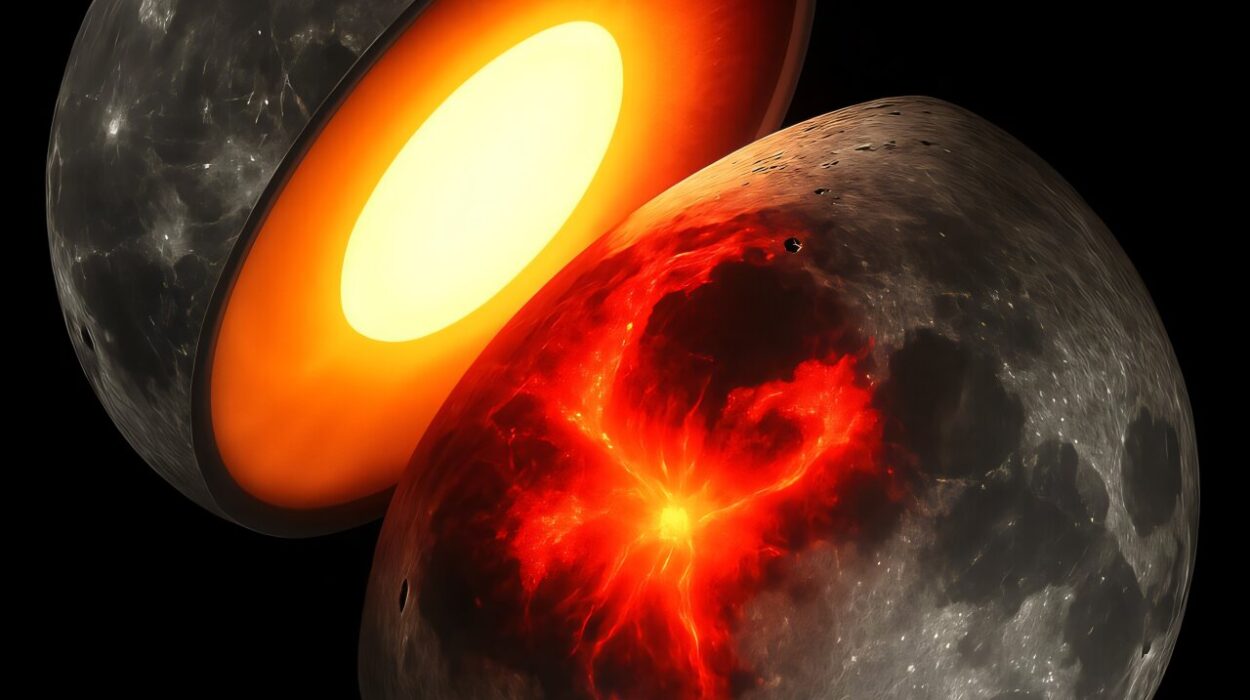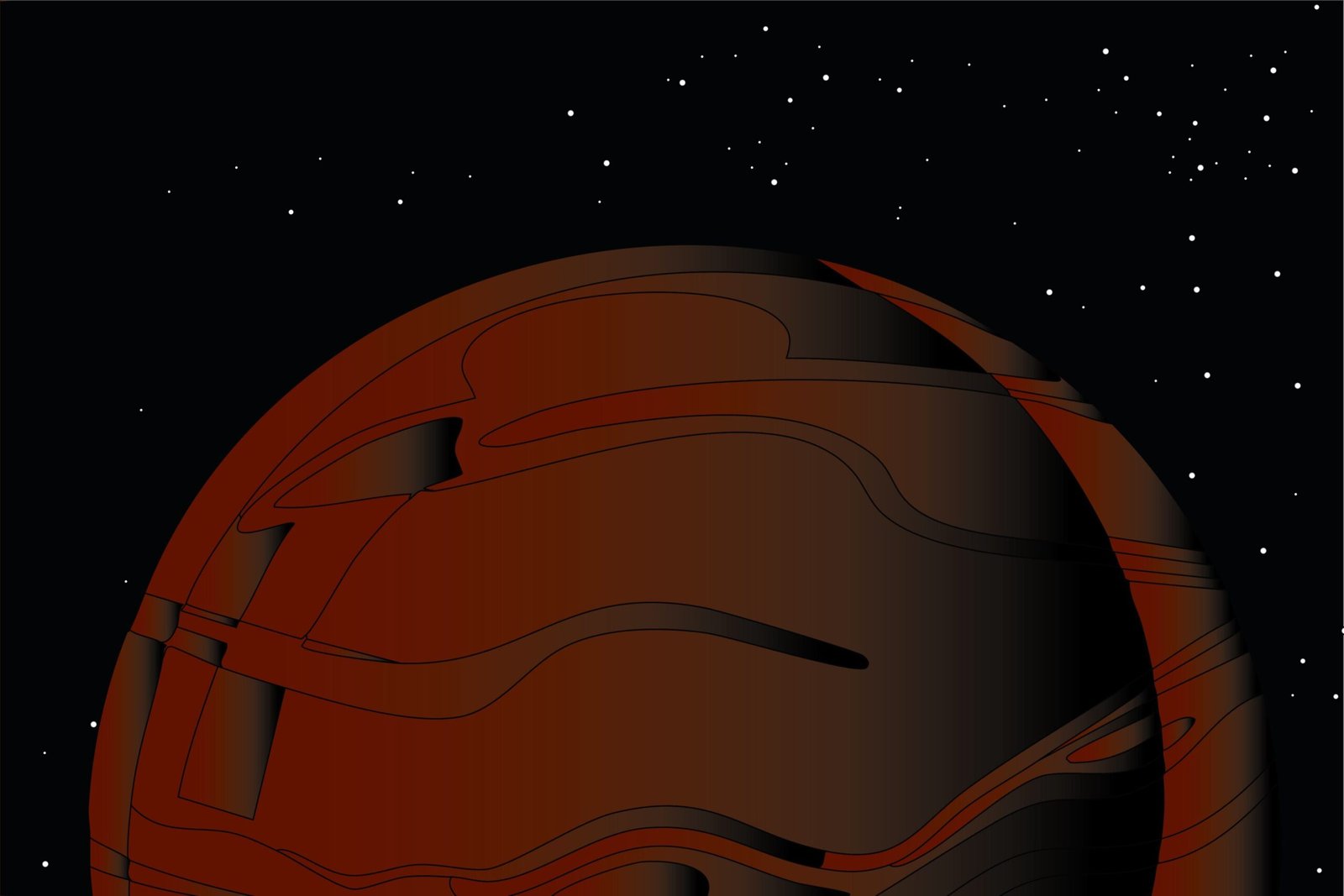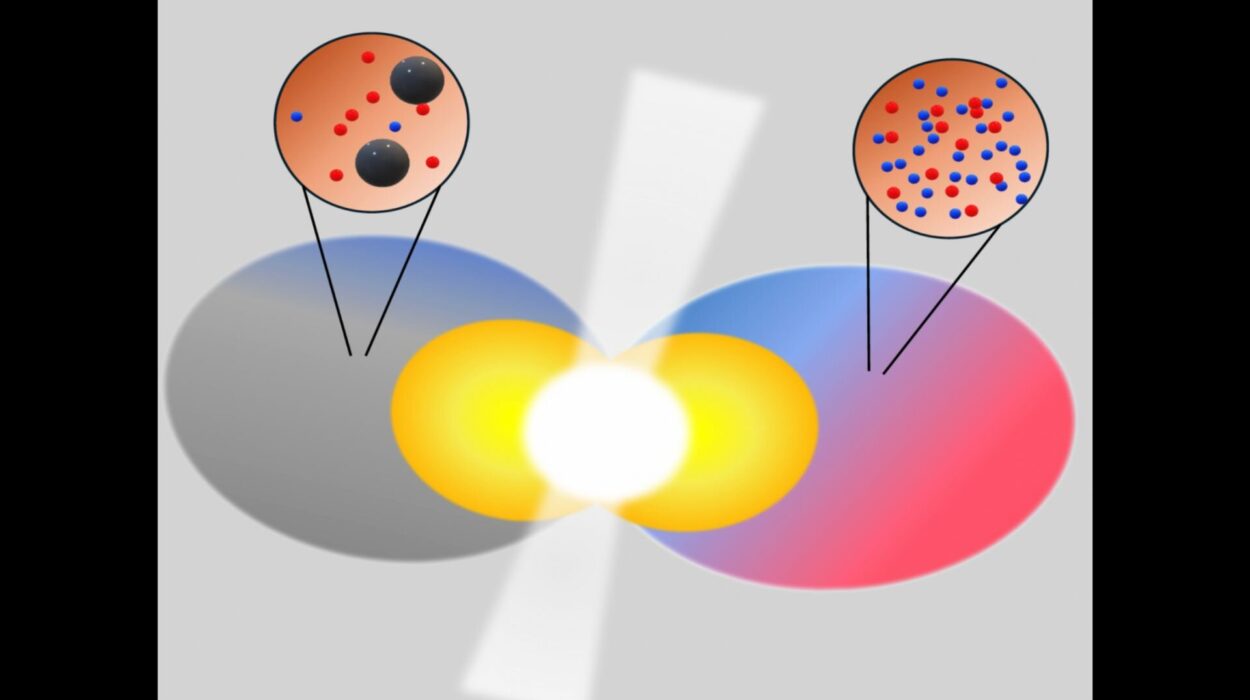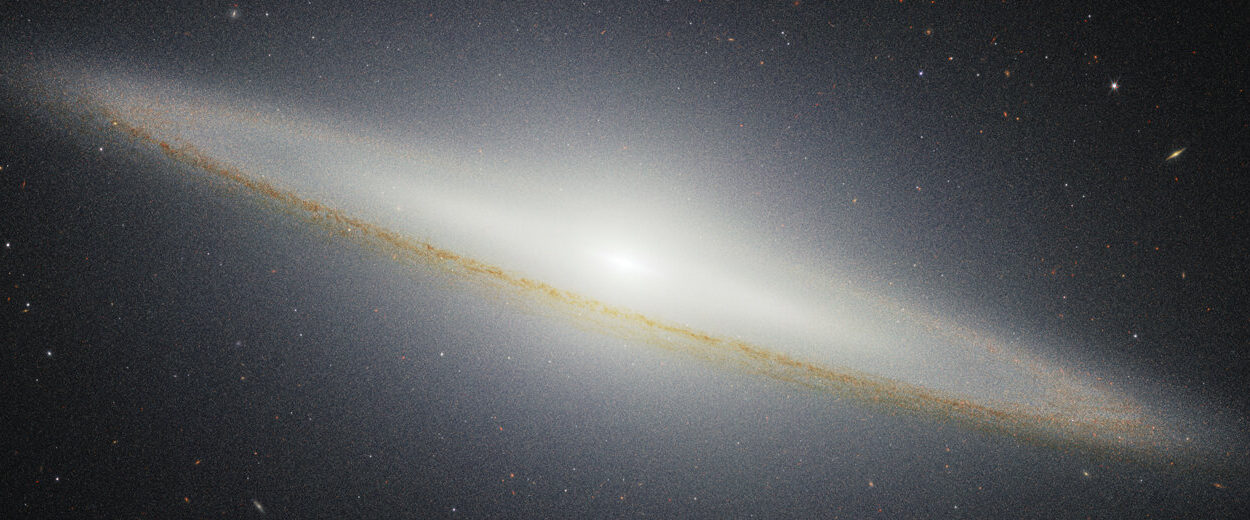Over thirteen billion years ago, the universe was not the glittering expanse of stars and galaxies we know today. It was dark. Quiet. Mysterious. Cloaked in a thick fog of neutral hydrogen gas, light itself struggled to travel freely across space. But now, thanks to the James Webb Space Telescope (JWST), scientists have uncovered a dazzling clue about how that ancient veil was lifted—and the answer lies in a surprising source: tiny, faint galaxies that played a colossal role in transforming the early universe.
In a new study, astronomers using JWST’s revolutionary infrared vision have identified dozens of small galaxies that date back to when the universe was just 800 million years old—barely 6% of its current age. Though each of these galaxies is a fraction of the size of our Milky Way, their impact may have been cosmic in scale. Together, they could explain one of the greatest makeovers in the history of the cosmos: the era of reionization.
Clearing the Cosmic Fog
To understand this discovery, imagine the early universe as a vast room blanketed in dense fog. For the first several hundred million years after the Big Bang, this fog—neutral hydrogen gas—absorbed and scattered light, making the universe effectively opaque. Then something changed. That fog began to clear, allowing light to travel freely across billions of light-years. Astronomers call this transformative period cosmic reionization.
But what caused this great clearing?
For years, scientists have debated whether it was driven by massive galaxies, voracious black holes, or smaller celestial bodies. The new JWST findings strongly suggest that it was, in fact, the universe’s smallest galaxies—so faint they were previously invisible to even the most powerful telescopes—that were responsible for this cosmic revolution.
“These galaxies are like the matchsticks that lit up the early universe,” said one member of the research team. “Individually small, but together powerful enough to change everything.”
Little Galaxies, Big Power
The galaxies identified in this study are incredibly modest by cosmic standards. To match the mass of our Milky Way, you’d need anywhere from 2,000 to 200,000 of them. And yet, despite their size, these galaxies were bursting with energy.
Two key traits made them perfect candidates for clearing the cosmic fog.
First, their small size actually worked to their advantage. Unlike larger galaxies, they couldn’t hold onto thick blankets of gas that would trap light inside. This meant their ultraviolet radiation—powerful enough to ionize hydrogen atoms by knocking off their electrons—could escape more easily into space.
Second, these galaxies were undergoing intense “starbursts,” furious episodes of star formation that flooded the cosmos with ultraviolet light. These outbursts carved tunnels through the galaxies’ own gas and dust, making it even easier for light to shine outward.
Combined, these two traits turned these tiny galaxies into cosmic lighthouses, projecting ultraviolet radiation far enough to ionize surrounding hydrogen gas and slowly chip away at the fog that filled space.
A Telescope That Sees the Unseeable
This breakthrough wouldn’t have been possible without the unmatched capabilities of the James Webb Space Telescope. With its enormous 6.5-meter gold-coated mirror and sensitive infrared instruments, JWST was designed specifically to look deep into space—and back in time.
In this case, scientists pointed JWST toward Abell 2744, also known as Pandora’s Cluster. This enormous galaxy cluster acts like a natural magnifying glass due to a phenomenon called gravitational lensing. The immense gravity of the cluster bends and magnifies light from galaxies behind it, making them appear larger and brighter to us here on Earth.
Using this cosmic lens, JWST was able to detect the faint signatures of tiny galaxies more than 13 billion light-years away—galaxies that existed just a few hundred million years after the Big Bang.
And what it found was stunning. Dozens of these faint galaxies appeared to be leaking ultraviolet light into space—exactly the kind of light needed to drive reionization.
“If even 25% of their ultraviolet light escaped into the surrounding space,” scientists say, “that would have been enough to reionize the entire universe.”
Solving a Cosmic Mystery
This discovery offers an elegant solution to a question that has baffled astronomers for decades: What cleared the fog?
The leading theories have pointed in several directions—perhaps large galaxies, or supermassive black holes at the hearts of ancient quasars, did the heavy lifting. But this new evidence tips the scale toward the small.
“The JWST observations strongly support the idea that the smallest galaxies had the biggest impact,” said the study’s lead author. “It’s a reminder that in the universe, as in life, you should never underestimate the little guys.”
Why It Matters Today
While this discovery takes us back to the dawn of the cosmos, its implications reach far into our understanding of the universe’s structure today.
Reionization didn’t just let light travel freely. It changed the fundamental chemistry and physics of the universe. It influenced the formation of galaxies, the temperature of intergalactic space, and even the potential for life to eventually emerge.
And now, scientists finally have a clearer view of the actors who performed in this grand cosmic drama.
By understanding how the universe changed from opaque to transparent, researchers can better model the growth of galaxies, the evolution of stars, and the dynamics of dark matter and energy. It also provides a valuable foundation for interpreting other deep-space observations JWST will make in the coming years.
The Universe’s Quiet Architects
What’s perhaps most beautiful about this discovery is the poetic nature of its message.
In a time when the universe was just awakening, it wasn’t the largest galaxies or the brightest objects that led the charge. It was the small, the faint, the overlooked. Galaxies barely a blip compared to the spirals and ellipticals of today lit the match that illuminated everything.
They weren’t flashy. They weren’t massive. But they were many. And together, they transformed the cosmos.
It’s a story of how the universe itself was reshaped—not by giants, but by a quiet army of light.
As JWST continues its mission, scanning ever deeper into the abyss of space and time, scientists hope to uncover even earlier galaxies and witness the birth of the very first stars. Each discovery adds another verse to the universe’s origin story, reminding us that the smallest voices can echo across eternity.
